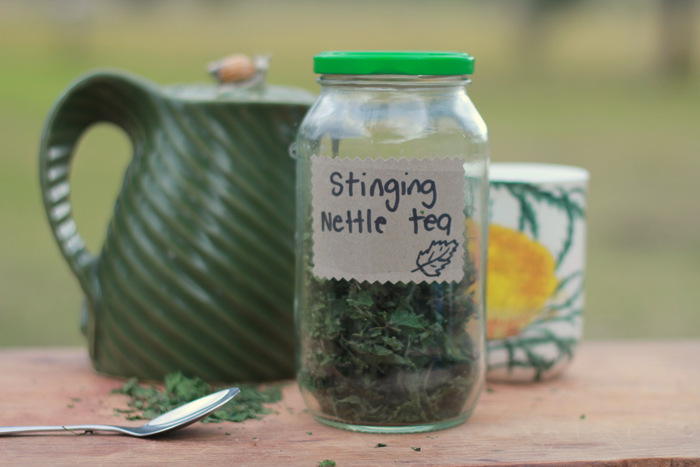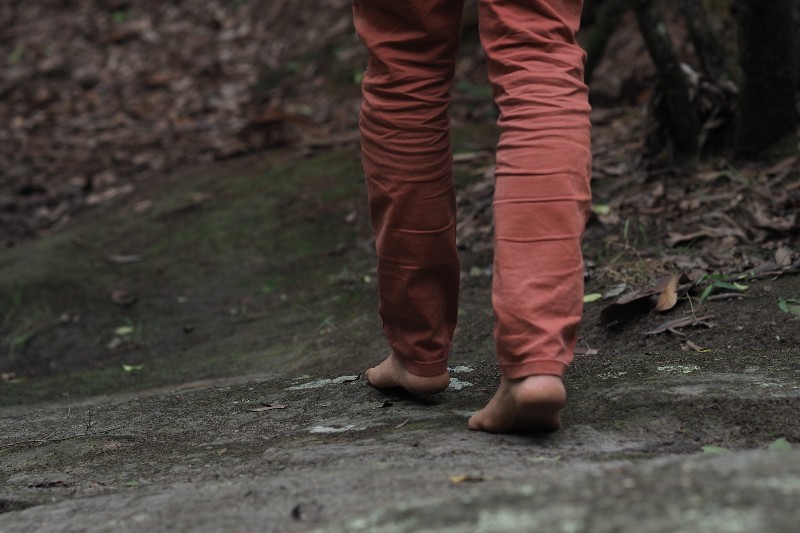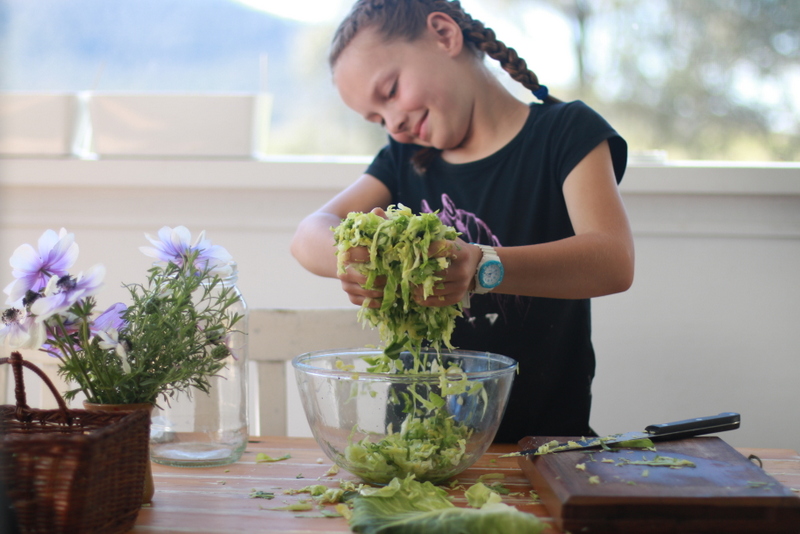My earnest attempts to live more sustainably are usually tolerated by Daddy Eco. He may even hint at a little enthusiasm if my latest interest saves us a few dollars. But he’s finally drawn the line – at Stinging Nettle.
It is nettle season here in the Hunter and the patches of nettle that have popped up in my neighbourhood are offering a free source of delicious nutrient dense food.
Nettle has a long history of medicinal and culinary use. It’s a rich source of minerals including iron and calcium, along with a suite of vitamins including A, D, and K.
The list of ailments it has been used to treat is varied and long and includes anaemia, headaches, mood swings, allergies, and chest infections. Nettle juice has even been reputed to simulate hair growth when applied to the scalp.
Nettle can be cooked and used in much the same way you would spinach – in pie, frittata, soups, and risotto. Plunging the nettles in a pot of boiling water for a few minutes removes the sting.
Despite being free and nutrient rich, Daddy Eco is refusing to try nettle – seeing it only as a pesky stinging weed. I wonder if he’ll start to query the ‘spinach’ appearing regularly on the menu?
To avoid its vicious sting when harvesting nettle I wear dish washing gloves or place plastic bags over my hands. If I’m not cooking the nettle straight away I’ll soak it in a bucket of water overnight to remove the sting.
My favourite use for nettle is to make nettle tea. I pluck the leaves from the stem and dry in a food dehydrator.
After crunching the brittle leaves into a jar I’m left with a delicious herbal tea that looks and tastes just like the nettle tea sold in health food stores for around $10 for only 50g.
I toss the left over stems in the compost as it loves nettles and will apparently break down quicker when they are introduced.
Nettles also make a great liquid fertiliser. Soak in water for 1-2 weeks and spray on your garden.
If you’re interested in trying your own nettle ‘spinach’ you can find nettle in damp, rich soil. The most common places I have encountered it is in camp grounds, along creeks, along paddock fences, and near old abandoned buildings.
(Published in the Newcastle Herald 6 July 2013)



